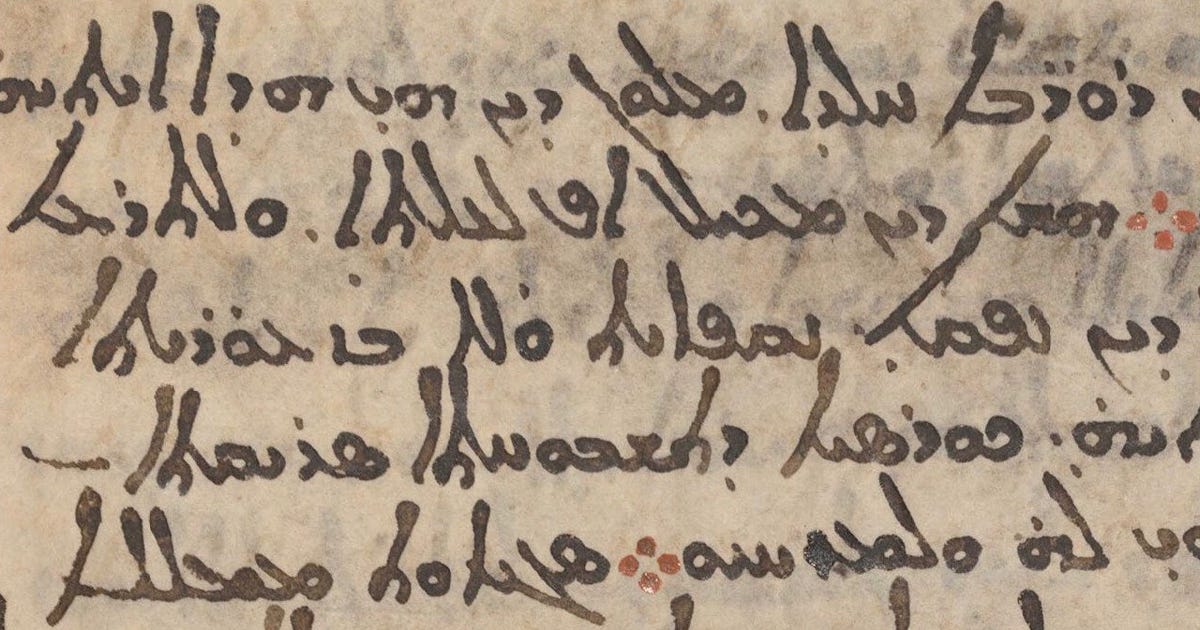
More than 2,100 years ago, Greek astronomer Hipparchus mapped out the stars — and for a long time, this had been considered humanity’s earliest attempt to assign numerical coordinates to stellar bodies. But despite its fame, the treatise was only known to exist through writings of another well-known ancient astronomer named Claudius Ptolemy, who compiled his own celestial inventory some 400 years later.
Until now, that is.
Researchers believe they’ve found fragments of Hipparchus’ lost historical document hidden in a medieval Greek manuscript.
“This new evidence is the most authoritative to date and allows major progress in the reconstruction of Hipparchus’ Star Catalogue,” reads a study on the find published in the journal History of Astronomy this week. The discovery could shed new light not only on Hipparchus’ attempt to map the night sky through precise measurements and calculations, but on the history of astronomy.
Hipparchus, who’s also known as the father of trigonometry, is often considered the greatest astronomer of ancient Greece. Parts of his star map appear to have shown up in the Codex Climaci Rescriptus, a book of Syriac texts written in the 10th or 11th centuries whose parchment pages were erased so they could be reused (a common recycling practice at the time), but still bear visible traces of their earlier form. This particular palimpsest came from the Greek Orthodox St Catherine’s Monastery on Egypt’s Sinai Peninsula, though the Museum of the Bible in Washington, DC, now owns most of the Codex’s folios.
Multispectral imaging reveals the enhanced Greek undertext in red below the black Syriac overtext.
Museum of the Bible
Teams from the Early Manuscripts Electronic Library in California and the Lazarus Project based at the Rochester Institute of Technology revealed the obscured text and measurements using many wavelengths of light, a non-invasive technique known as multispectral imaging.
Researchers from Sorbonne Universite and the University of Cambridge were then able to decipher the descriptions of four constellations. Not only did this seem to unveil Hipparchus’ cartography, but the team also says the newly revealed numerical evidence is highly consistent with real stellar coordinates.
This would make Hipparchus’ Catalogue more accurate than Ptolemy’s much later Almagest astronomy handbook, though the researchers acknowledge they’re working with a small sample and that significant errors could exist in parts of Hipparchus’ Star Catalogue that haven’t survived or been uncovered yet.
As cutting-edge digital technologies continue to recover vital bits of cultural heritage on documents the human eye can’t see due to damage, deterioration or deliberate erasure, the scientists say the Codex Climaci Rescriptus could still reveal even more of Hipparchus’ stellar observations.
Multispectral imaging has also resurrected writing from the oldest known copies of writings by ancient Greek mathematician Archimedes. It’s revealed secrets of scrolls damaged in the eruption of Mount Vesuvius, as well as of Dead Sea Scrolls, historically significant biblical fragments recovered from caves in Qumran, Israel.
